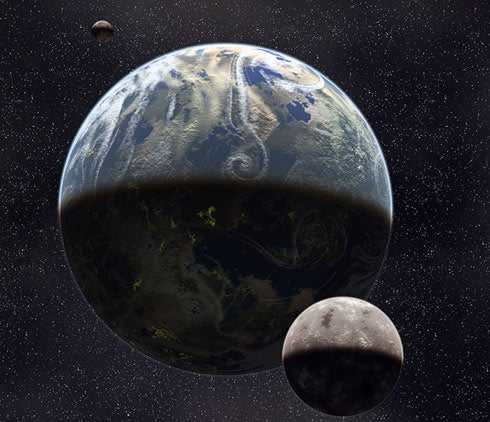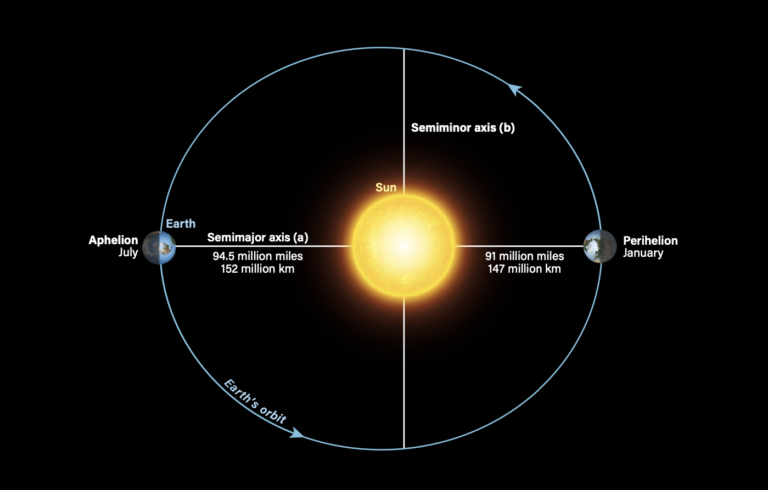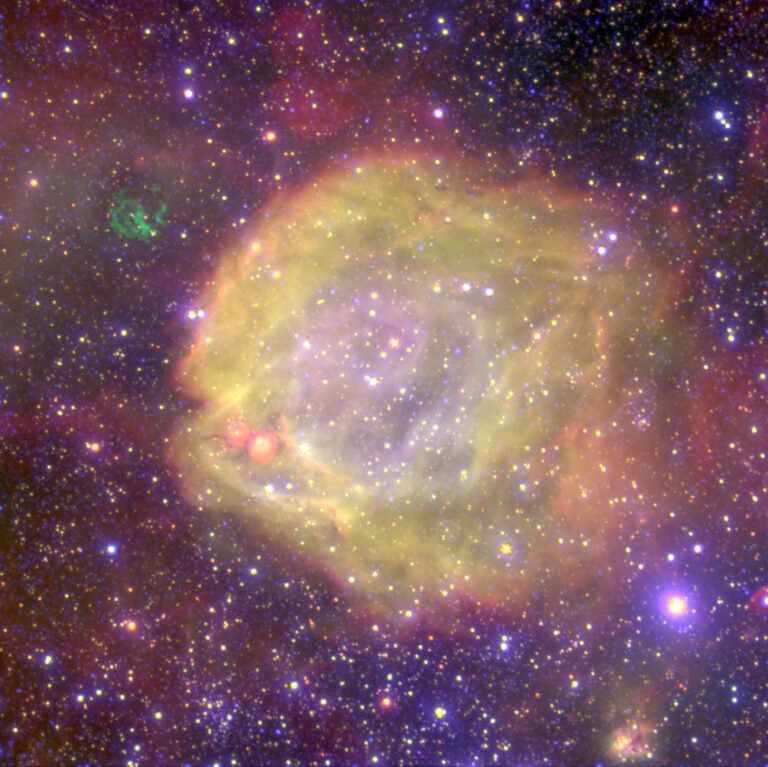In the search for extrasolar life throughout the universe, you really have to pick your spots. Thanks to Margaret Turnbull, an astronomer at the Carnegie Institution of Washington, the roster of potential targets has narrowed down.
Earlier this week at the American Association for the Advancement of Science’s annual meeting in St. Louis, she named the top 10 “habistars” — habitable stellar systems. “These are places I’d want to live if God were to put our planet around another star,” says Turnbull.
To narrow the choices from several thousands to 10 candidate systems was no easy task. Turnbull applied the following criteria: Stars must be at least 3 billion years old, have masses no larger than 1.5 times that of the Sun, and have at least half the iron content of the Sun.
Stars that are less than 3 billion years old are believed to be too young for life to have developed. Stars more massive than our Sun probably would burn out before life can develop. And if the star lacks significant metal content in its atmosphere, it won’t have enough heavy metals for planets to form.
The lineup actually is two lists of five, rather than a strict top 10. Five of these stars are likely candidates for searches conducted with the Allen Telescope Array (ATA), which will listen for radio signals from alien civilizations. The other five are places that would make best use of NASA’s Terrestrial Planet Finder (TPF) — two space-based observatories that will look for earthlike planets. This mission was slated to launch in 2016, but may be delayed beyond this.
: This is Turnbull’s top pick. This Sun-like star is located about 26 light-years away in the constellation Canes Venatici.
: This star, located in Scorpius, is almost an identical twin to the Sun.
: You may remember this star. In 1995, astronomers found the first planet orbiting a Sun-like star here.
: Located about 11.8 light-years away in the constellation Indus, this star is only one-tenth as bright as the Sun.
: A little cooler and smaller than the Sun, the star is located about 10.5 light-years away in the constellation Eridanus.
: This star is around the same age as our Sun and is located about 16 light-years away.
: This star is just 4.35 light-years away and has been a popular choice among astronomers as a potential host of a habitable planet.
: Just as bright as the Sun, Tau Ceti is a G-class star.










